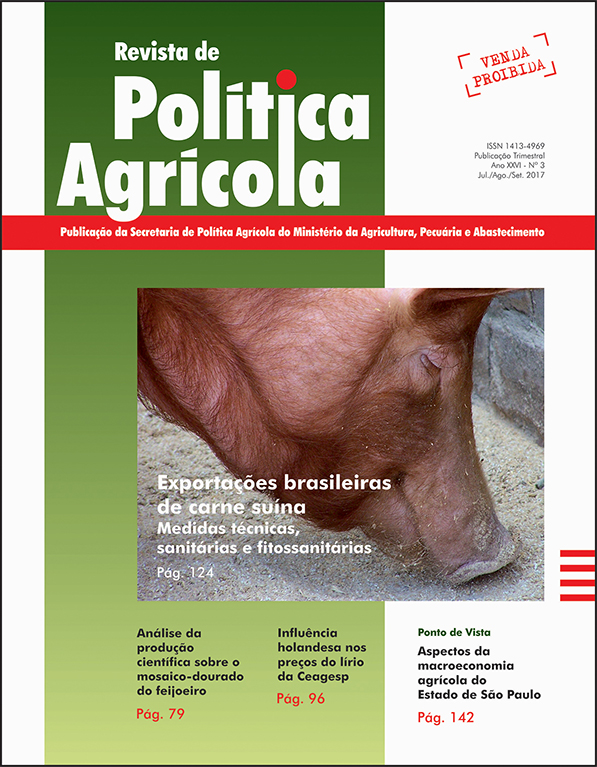Wheat production: the decision for economic-financial analysis
Keywords:
rural properties, triticulture, viabilityAbstract
Wheat is one of the most cultivated grains in the world, with a hight valued importance. In Brazil, while consumption continues to grow, production meets approximately half of the demand. The wheat farming in Brazil does not compete with the main activities in the rural properties, as soybean and corn. The productivity has a great variation between the harvests, what comes from adverse climatic conditions in the crop cycle. This vulnerable wheat production scenario is caused by the producer´s expansion limits. The present study has the central objective of evaluating the economic and financial feasibility of wheat cultivation. It approaches the question through a multiple case study integrated in rural properties in 2004/2005 harvest to the 2013/2014 harvest. More specifically, comparing and quantifying the contribution of the wheat crop. The methodology was based on a descriptive research. It consists on a synthesis of concepts and costing methods for an accounting analysis. All available in literature and a correlating data survey. The analysis shows that the operating margin – OM – from wheat activity, partially assists the farms costing. Comparing the studied wheat farms´ profits with no wheat farms, it was verified a superior result in simulated scenarios.Downloads
How to Cite
Baumgratz, E. I., Mera, C. M. P. de, Fiorin, J., de Castro, N. L. M., & de Castro, R. (2017). Wheat production: the decision for economic-financial analysis. Revista De Política Agrícola, 26(3), 8–21. Retrieved from https://rpa.sede.embrapa.br/RPA/article/view/1293
Issue
Section
Artigos Científicos


